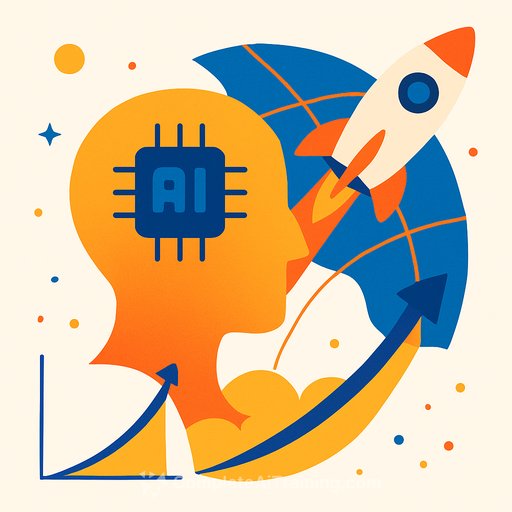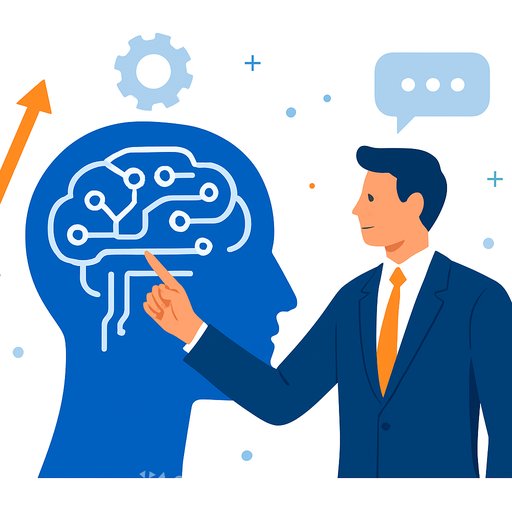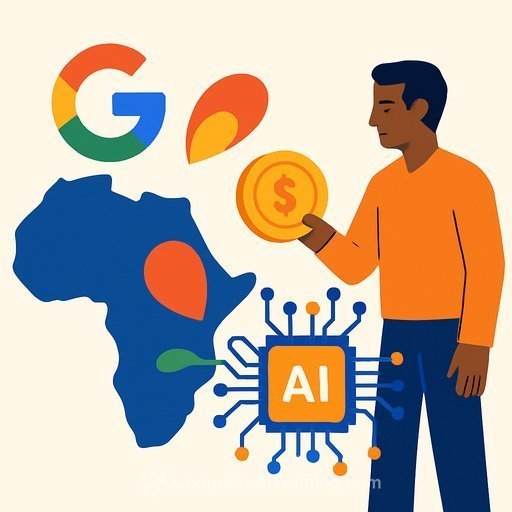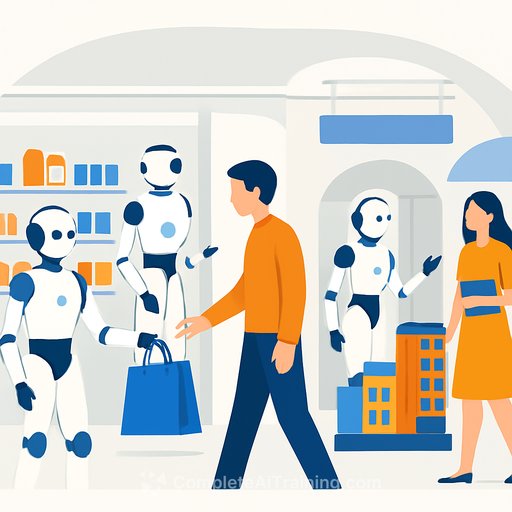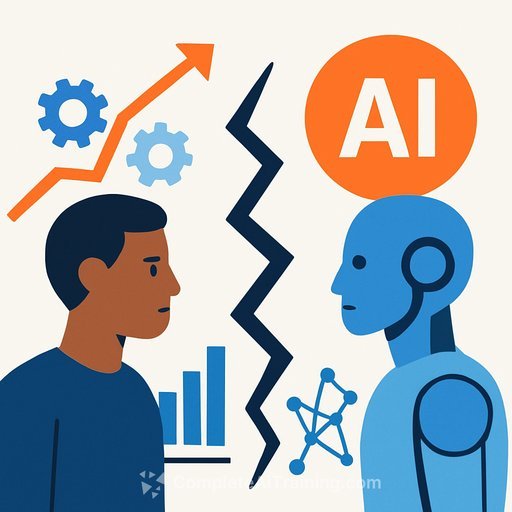Artificial General Intelligence, AI Singularity, and the End of Moore’s Law: The Rise of Self-Learning Machines
Moore’s Law set the pace for technological progress by predicting that transistor counts on chips would double roughly every two years. This doubling translated into exponential improvements in computing power, energy efficiency, and cost reduction for decades. However, physical and economic limits began to slow this progress in the 2010s. Engineers shifted strategies, employing multi-core processors, 3D chip stacking, and specialized hardware to maintain performance growth. Despite these efforts, the straightforward gains of Moore’s Law started to fade, coinciding with breakthroughs in AI research that took a different path.
The Birth of OpenAI’s Law: AI’s Explosive Compute Curve
Starting around 2012, large-scale neural network training began to benefit from rapid increases in compute power. Unlike Moore’s Law, which predicts a doubling every two years, the compute used in top AI training runs doubled every 3 to 4 months. Over six years, this resulted in an increase of over 300,000× in compute for state-of-the-art AI models. This trend became known as OpenAI’s Law, reflecting a strategic choice by organizations like OpenAI to prioritize scaling model size and compute as the fastest route toward artificial general intelligence (AGI).
This strategy relied on the belief that "more compute equals better AI," driving massive investments and partnerships with cloud providers. Unlike Moore’s Law, which is rooted in physical laws, OpenAI’s Law is a deliberate approach to AI development.
The Scaling Hypothesis and the New Arms Race
The core idea behind OpenAI’s Law is the scaling hypothesis: increasing model size, data, and compute leads to qualitatively better AI. Successive models like GPT-2, GPT-3, and GPT-4 have demonstrated this with improvements in language fluency, reasoning, and multimodal understanding.
This has led to a competitive arms race where each new AI milestone demands exponentially more computational resources. Training now requires tens of thousands of high-end GPUs working in parallel, with projected compute budgets for future models potentially exceeding $100 billion. This creates a new kind of exponential growth, not in transistor counts but in the scale of compute investment.
How It Compares: Huang’s Law and Kurzweil’s Law of Accelerating Returns
- Huang’s Law, named after NVIDIA’s CEO Jensen Huang, notes that GPU performance improvements for AI workloads have far outpaced Moore’s Law. Over five years, GPUs improved by more than 25×, driven by architectural innovation, higher memory bandwidth, and better software ecosystems like CUDA.
- Kurzweil’s Law of Accelerating Returns suggests that exponential growth itself accelerates over time. Each breakthrough builds tools and knowledge that speed up the next, creating a compounding effect in technological progress.
The Promise: Why Exponential AI Matters
Exponential scaling has already produced AI systems capable of writing essays, generating code, assisting scientific research, and holding fluid conversations. Each tenfold increase in scale often unlocks new emergent capabilities, indicating we may be approaching AGI.
If this trend continues, AI could transform industries like education, healthcare, finance, and materials science rapidly. The concept of “AI escape velocity” describes the point where AI begins improving itself, triggering a self-reinforcing surge in progress.
The Price: Environmental, Economic, and Ethical Costs
These advances come with significant costs. Training cutting-edge models consumes massive amounts of electricity and water, raising environmental concerns such as carbon emissions and thermal waste. The supply chains for AI chips face geopolitical and sustainability pressures.
Financially, only major corporations or well-funded startups can afford these compute requirements, concentrating power and control over AI’s future. Ethically, the race to scale can lead to premature deployment and inadequate safety testing.
Limits of Scaling: What Happens When the Curve Bends?
There is ongoing debate about how long exponential scaling can continue. Some argue diminishing returns are already appearing, with larger models requiring more compute for smaller gains. Others believe advances in efficiency and architecture could maintain progress without unchecked scaling.
Public pressure, regulation, and infrastructure constraints may also force a shift away from the “scale at all costs” approach toward smarter, more efficient models.
The Road Ahead: Charting the Future of Exponential AI
OpenAI’s Law remains a useful framework for understanding recent AI progress—from basic chatbots to multimodal generalist systems in under a decade. However, it also highlights challenges around access inequality, rising costs, environmental impact, and safety.
As AI capabilities accelerate, society faces critical questions:
- Who shapes AI’s future?
- How do we balance innovation with caution?
- What systems can manage rapid AI growth before it surpasses human oversight?
OpenAI’s Law may eventually slow or be replaced by new paradigms, just as Moore’s Law did. For now, it serves as both a warning and a guide—progress is compounding quickly, but so is the responsibility to manage it wisely.
For IT professionals looking to stay ahead in AI development, exploring the latest AI courses and practical training can provide an edge. Platforms like Complete AI Training offer up-to-date resources that align with these evolving trends.
Your membership also unlocks:

